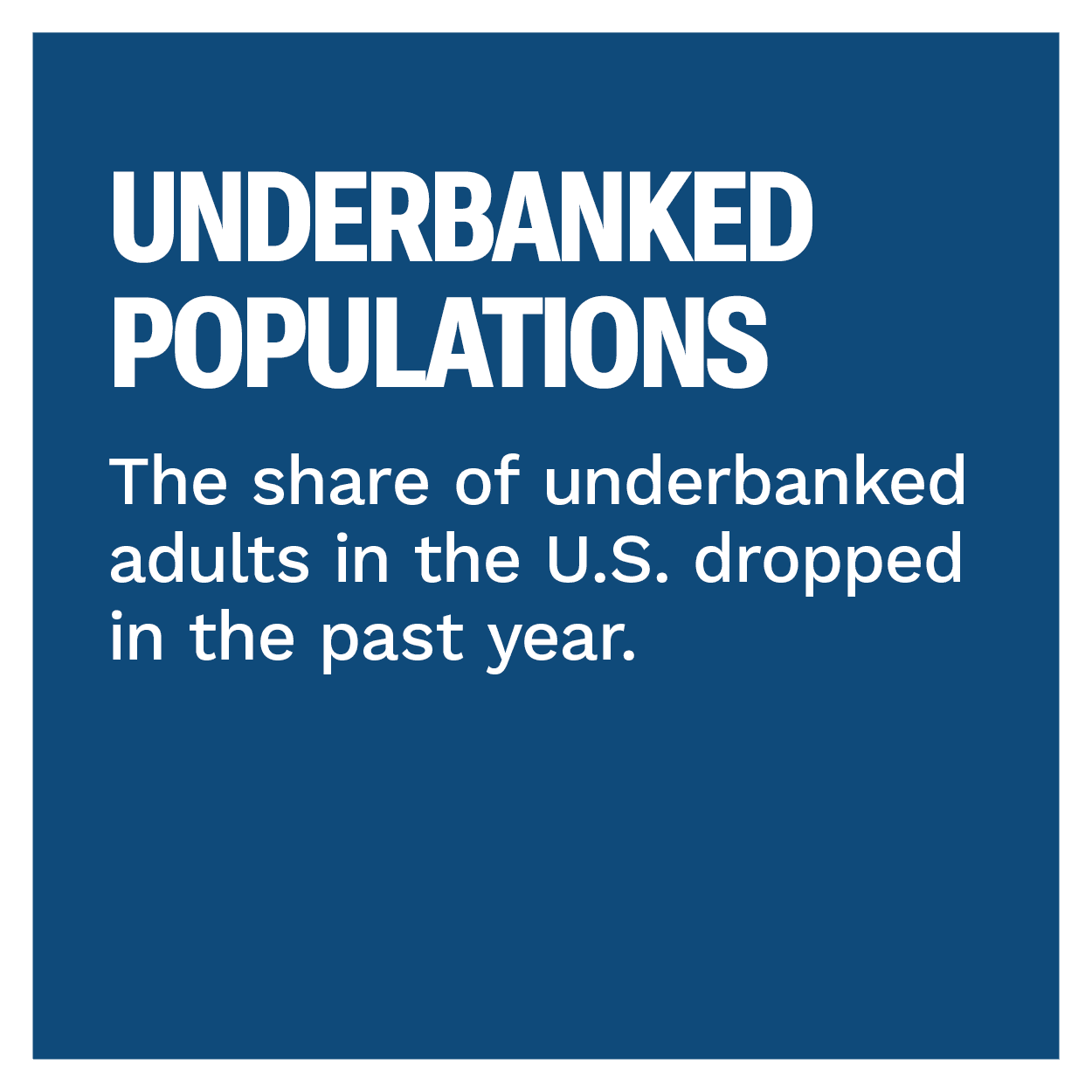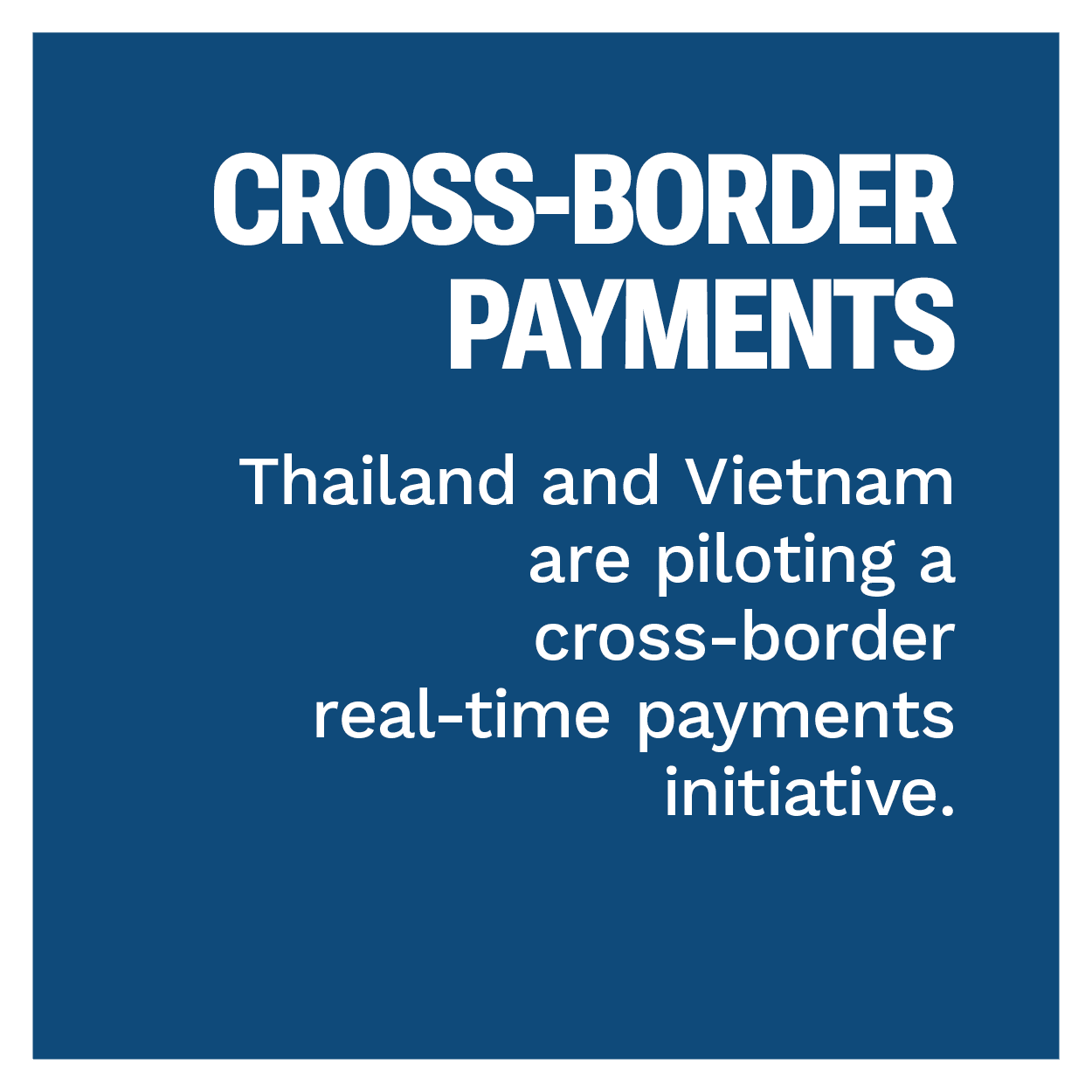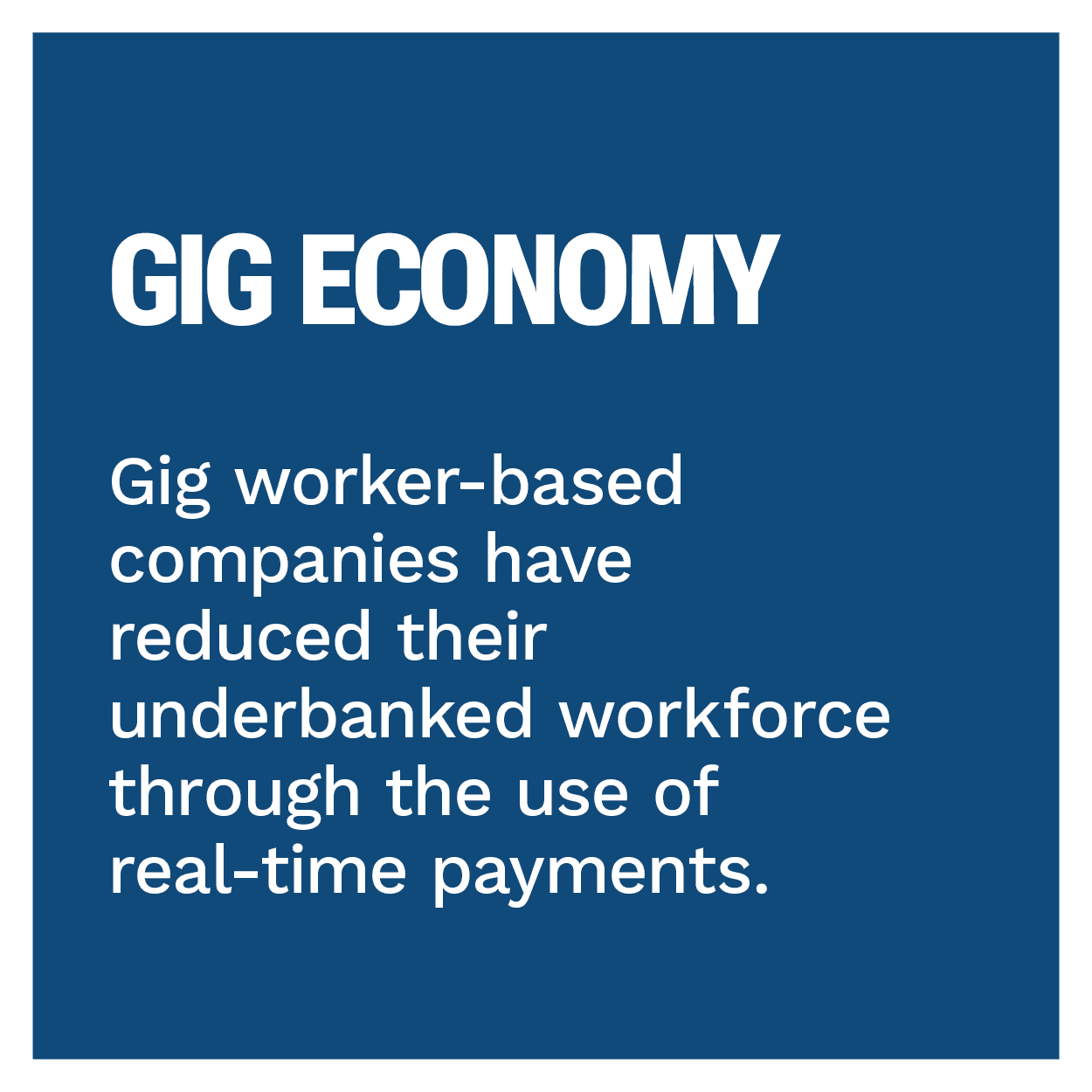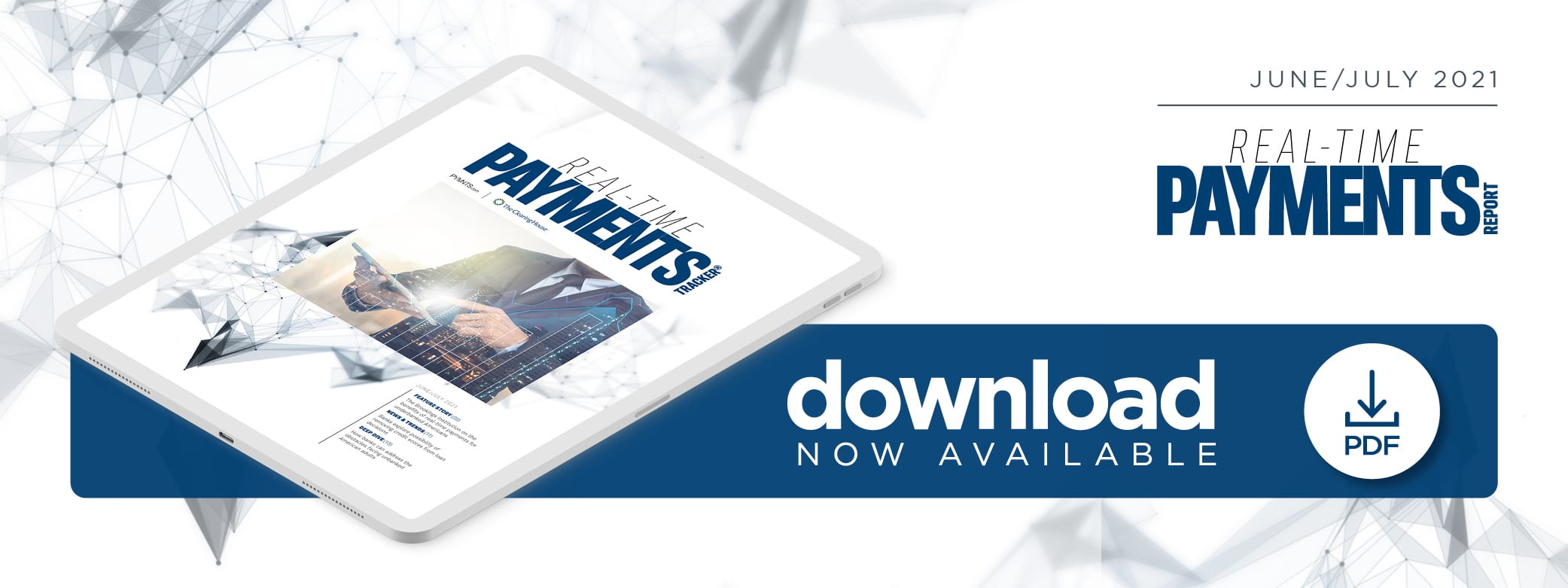Real Time Payments Help Underbanked Consumers Find Financial Relief

One of the lesser-known troubles of the modern economy is the prevalence of unbanked and underbanked individuals. Unbanked individuals lack access to bank accounts while underbanked individuals have bank accounts but rely on alternative non-bank financial services to meet at least some of their financial needs. There are currently 7 million households in the United States that are considered unbanked, and the lack of access to banking services means that these households must cash their paychecks via check-cashing services and pay bills using money orders, for example, both of which can charge exorbitant fees and drive unbanked families further into poverty.
Many of these unbanked or underbanked households could be greatly aided by real-time payments, which allow individuals to receive funds instantly, for example, or allow companies to pay temporary or gig workers at the end of every shift. These payments reduce underbanked populations’ reliance on exploitative options like check cashing services and payday loans.
or gig workers at the end of every shift. These payments reduce underbanked populations’ reliance on exploitative options like check cashing services and payday loans.
In the June/July Real-Time Payments Tracker®, PYMNTS explores the latest in the world of real-time payments, including the challenges that unbanked and underbanked households face in their everyday financial lives, how real-time payments can ease their struggles, and the steps that banks can take to improve access to accounts and lending services for these households.
Developments From Around The World Of Real-Time Payments
One positive development in 2020 was a decline in the share of unbanked adults to just 5 percent, according to a newly released report by the Federal Reserve. This figure was down from 8 percent in 2015 and 6 percent in 2019. The Fed additionally noted that the portion of fully banked individuals — those who have bank accounts and do not use nonbank alternatives — rose to 81 percent last year.
Many banks are taking steps to further reduce the population of unbanked and underbanked individuals through new programs. Wells Fargo recently announced the launch of its Banking Inclusion Initiative, a 10-year plan to improve access for historically underserved demographics such as Black, Hispanic and Native American families, who currently account for more than half of the unbanked households in the U.S. Other targets of the initiative include those who use high-cost nonbank services and would be better served using traditional banking services.
Other initiatives are arising from public-private partnerships, such as the Bank On initiative, and even state governments. The California Public Banking Option Act, which would create a government-run banking system with no-fee debit cards that would compete with the private sector, is under review in the state assembly. The bill, introduced by Assemblyman Miguel Santiago (D), aims to help the one-quarter of Californians who lack bank accounts. Almost 81 percent of the state’s unbanked citizens earn less than $15 an hour.
For more on these and other real-time payments news items, download this month’s Tracker.
How Real-Time Payments Reduce The Impact Of Being Underbanked In America
The millions of underbanked households in American face a vicious negative feedback loop, as lacking traditional loan services and other financial tools force them to go with predatory high-fee options like payday lenders, driving them deeper into poverty. Providing these families with bank accounts is the ideal long-term solution, but real-time payments could go a long way toward alleviating their everyday concerns. In this month’s Feature Story, PYMNTS talked with Aaron Klein, senior fellow of economics at the Brookings Institution, a Washington, D.C.-based economic think tank, about how real-time payments can help underbanked consumers make payments on time and prevent them from falling into a hole of late fees and unpaid debts.
 Deep Dive: How Banks Can Reach U.S. Unbanked Adults
Deep Dive: How Banks Can Reach U.S. Unbanked Adults
While a majority of Americans have checking, savings or other bank accounts, 5 percent of U.S. households do not. There are numerous obstacles in the way and reasons why these consumers do not open bank accounts, but working to improve financial inclusion for these groups could be a boon to the economy. This month’s Deep Dive explores what keeps these consumers from finding banks that suit their needs and how financial institutions (FIs) can extend services to these populations.
About The Tracker
The Real-Time Payments Tracker®, done in collaboration with The Clearing House, is your go-to monthly resource for updates on trends and changes in real-time payments.

